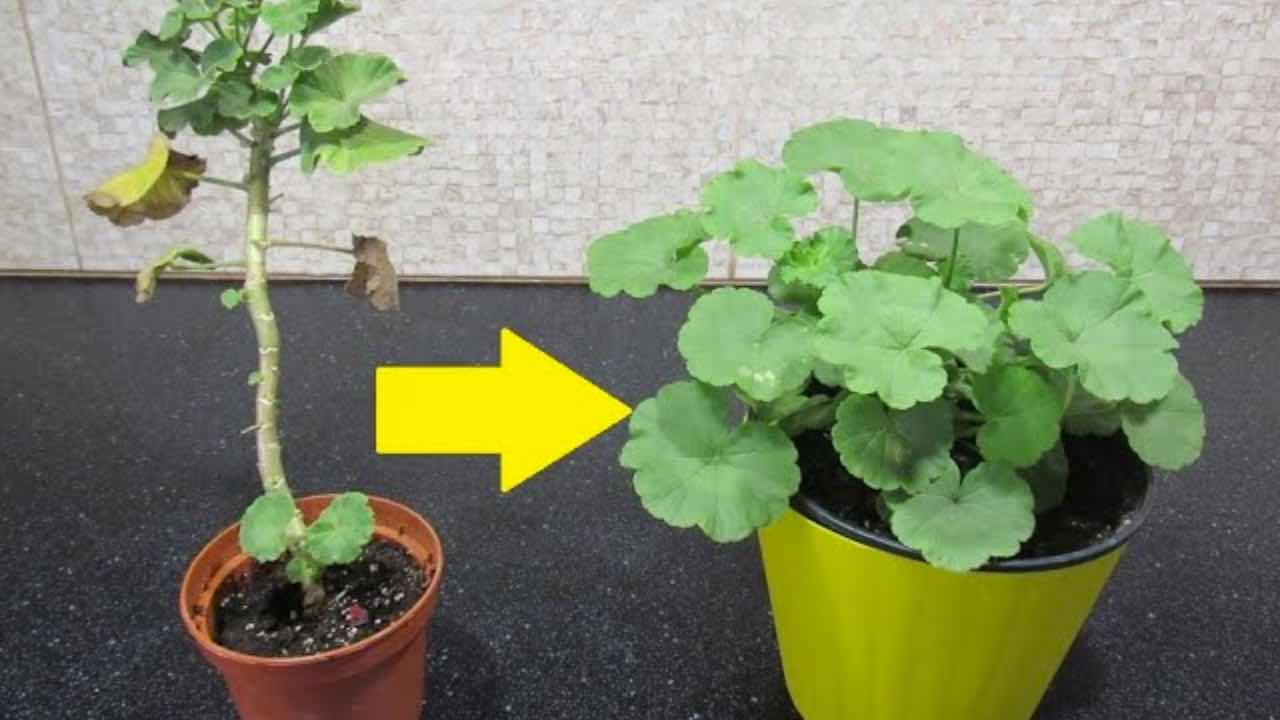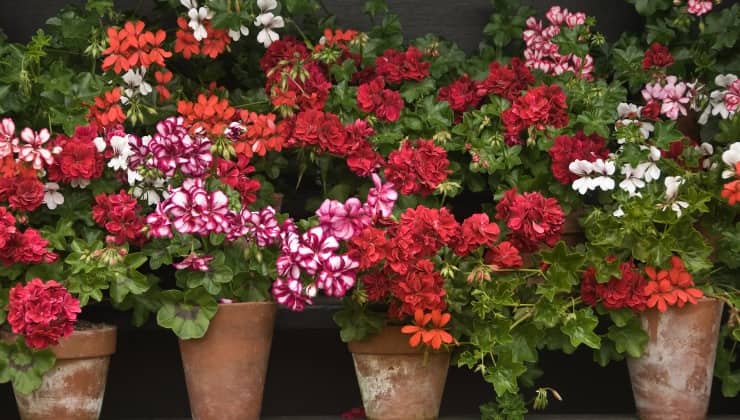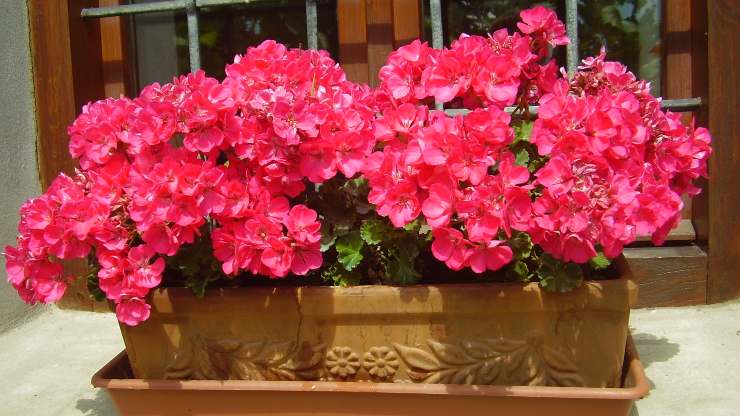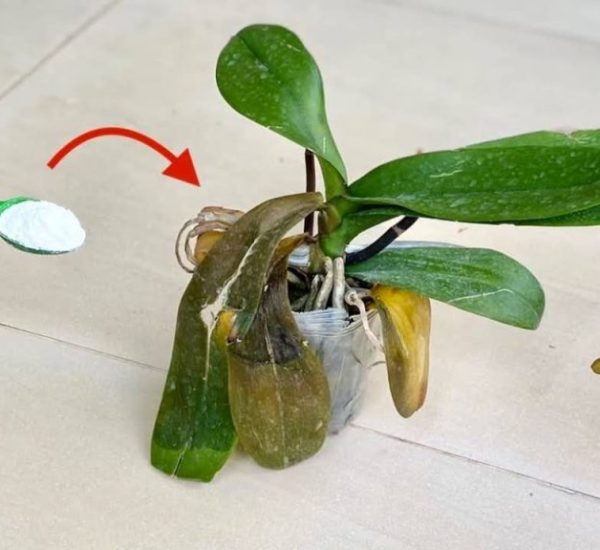Elevating Your Pelargonium: From Bloom to Bush

The Allure of Pelargonium
The pelargonium, also known as geranium, stands as a floral spectacle admired for its vibrant colors and captivating fragrance. Its radiant petals, presenting hues of red, pink, purple, or white, make it an irresistible choice for adorning balconies and gardens. If you’ve ever wondered about the best way to care for and multiply this beauty into a stunning pelargonium bush, look no further – we’ve got you covered.
Pelargonium: A Global Charmer
Originating from southern Africa, the pelargonium’s charm has transcended borders, conquering the world with its adaptability to diverse climates. Characterized by lush foliage and vividly colored flowers, it transforms any space into a cheerful haven. Whether gracing balconies, terraces, or gardens, pelargonium adds a touch of elegance and vibrancy.

Caring for Your Pelargonium
To ensure the optimal health of your pelargonium, strategic care is essential. Placing it in a sunny yet wind-protected location is crucial. Regular watering is advised, with attention to preventing water stagnation in the saucer. Fertilization during the flowering season further promotes its well-being. Now, let’s unravel the secrets to transforming any pelargonium into a flourishing bush.
How to Care for a Pelargonium
Choosing the Right Soil: Select nutrient-rich, well-drained soil for your pelargonium, whether in a pot or flower bed. Opt for potting soil designed for flowering plants to enhance growth.
Watering Wisdom: Avoid overwatering by letting the soil slightly dry out before the next watering. A sunny spot is ideal for pelargoniums, as they thrive on direct sunlight, fostering abundant blooms.
Regular Pruning: Ensure the longevity of your pelargonium by pruning faded flowers and removing dry or damaged parts, encouraging new, healthy growth.

Multiplying Your Pelargonium
Cutting Technique: A common method involves cutting a healthy stem portion with leaves, planting it in well-drained potting soil until roots emerge.
Grafting Expertise: A more intricate technique, grafting involves combining shoots from different plants, requiring precision to ensure a seamless fit and optimal adhesion.
Tuft Division: In spring or early summer, gently separate tufts from the mother plant using a sharp knife or scissors and plant them in another pot with suitable compost.




